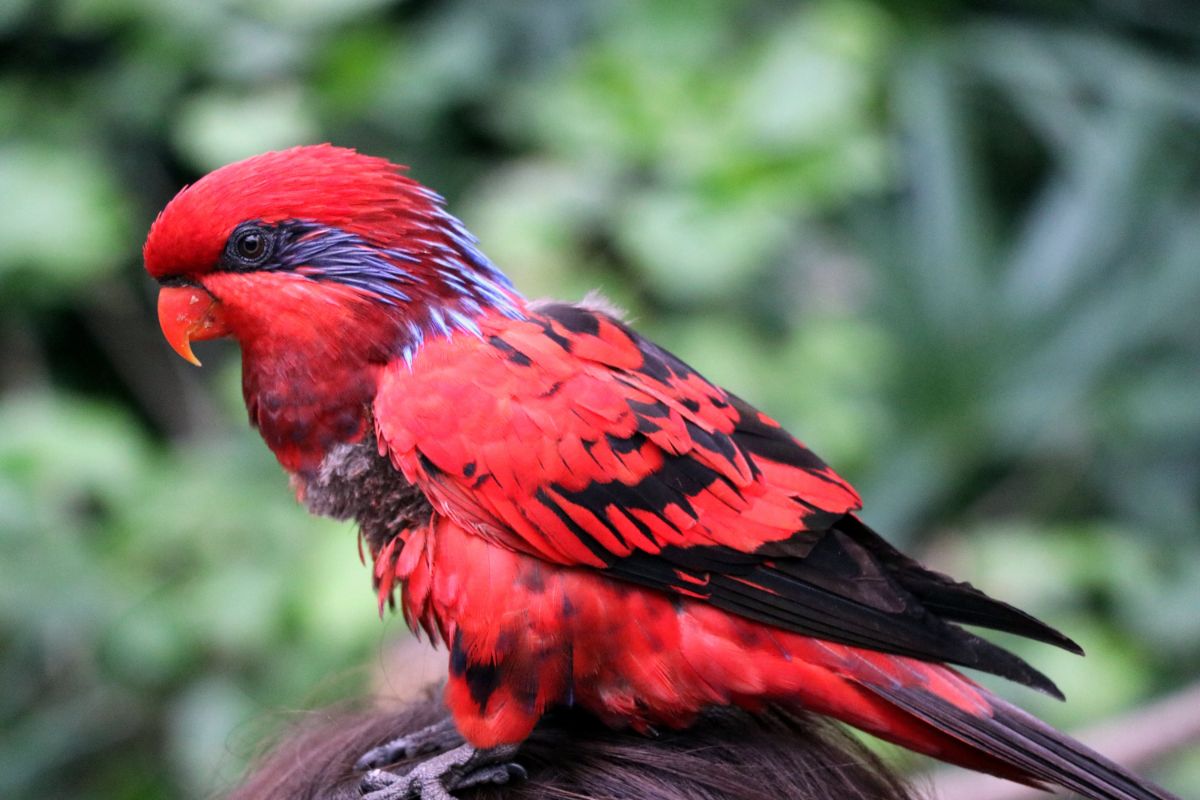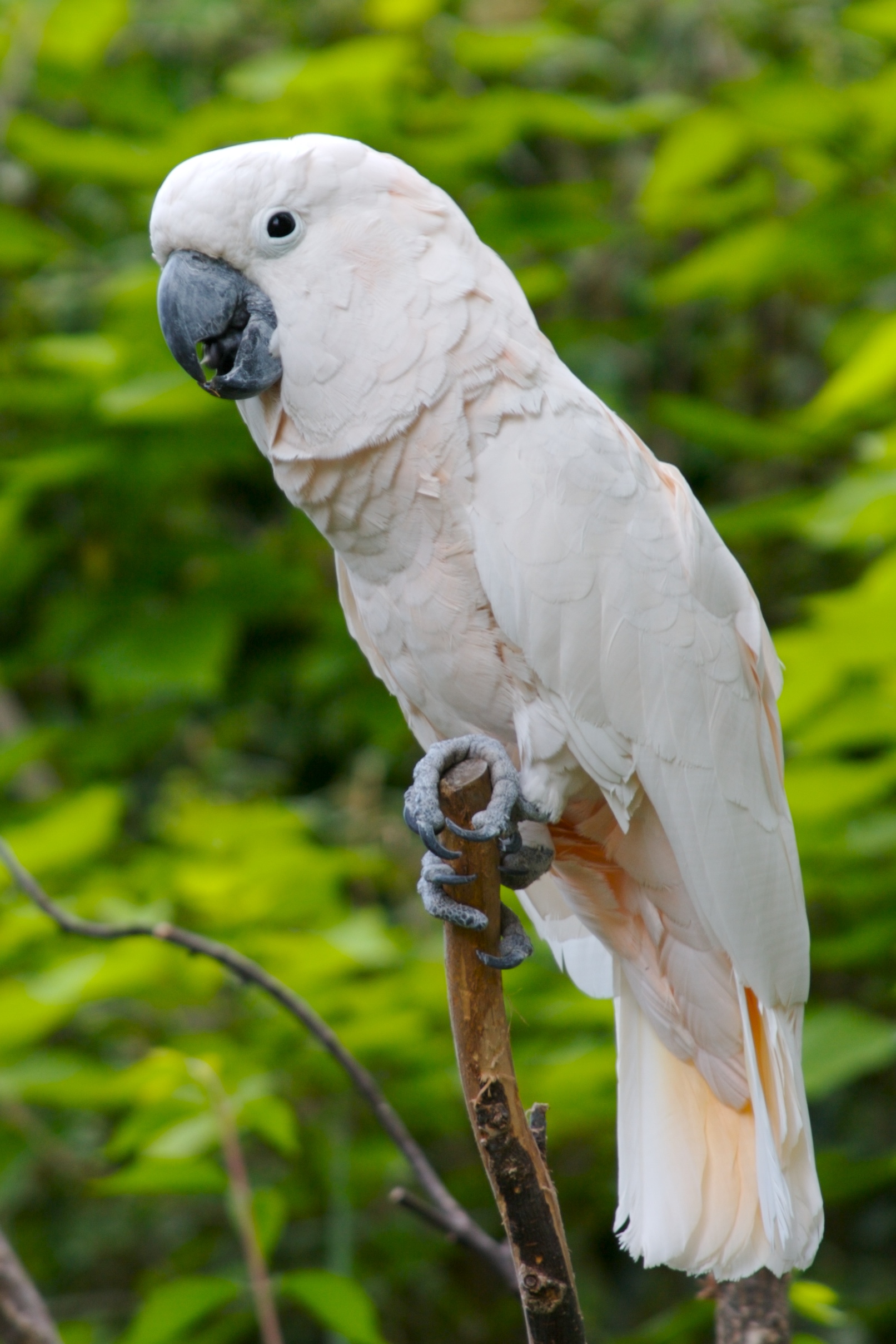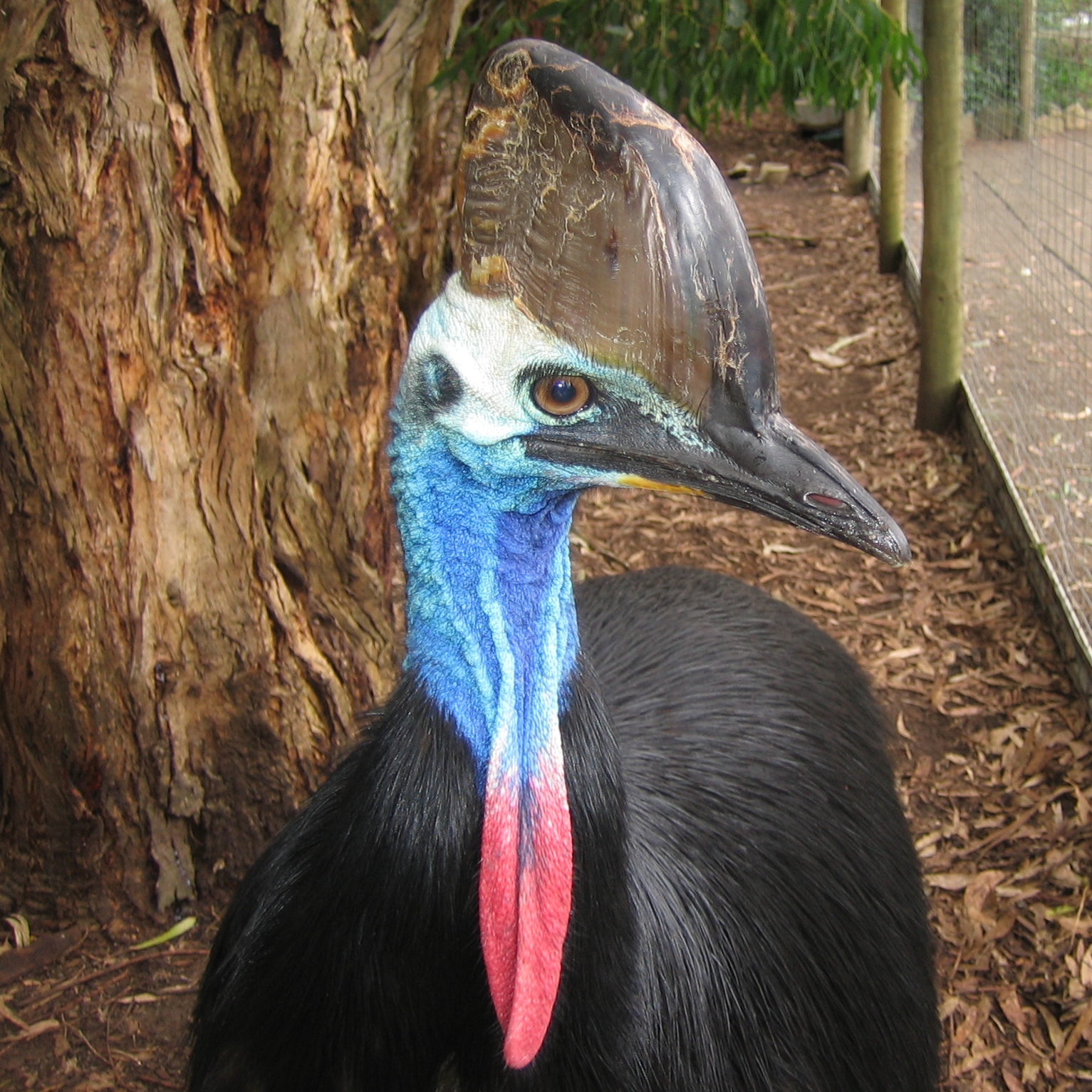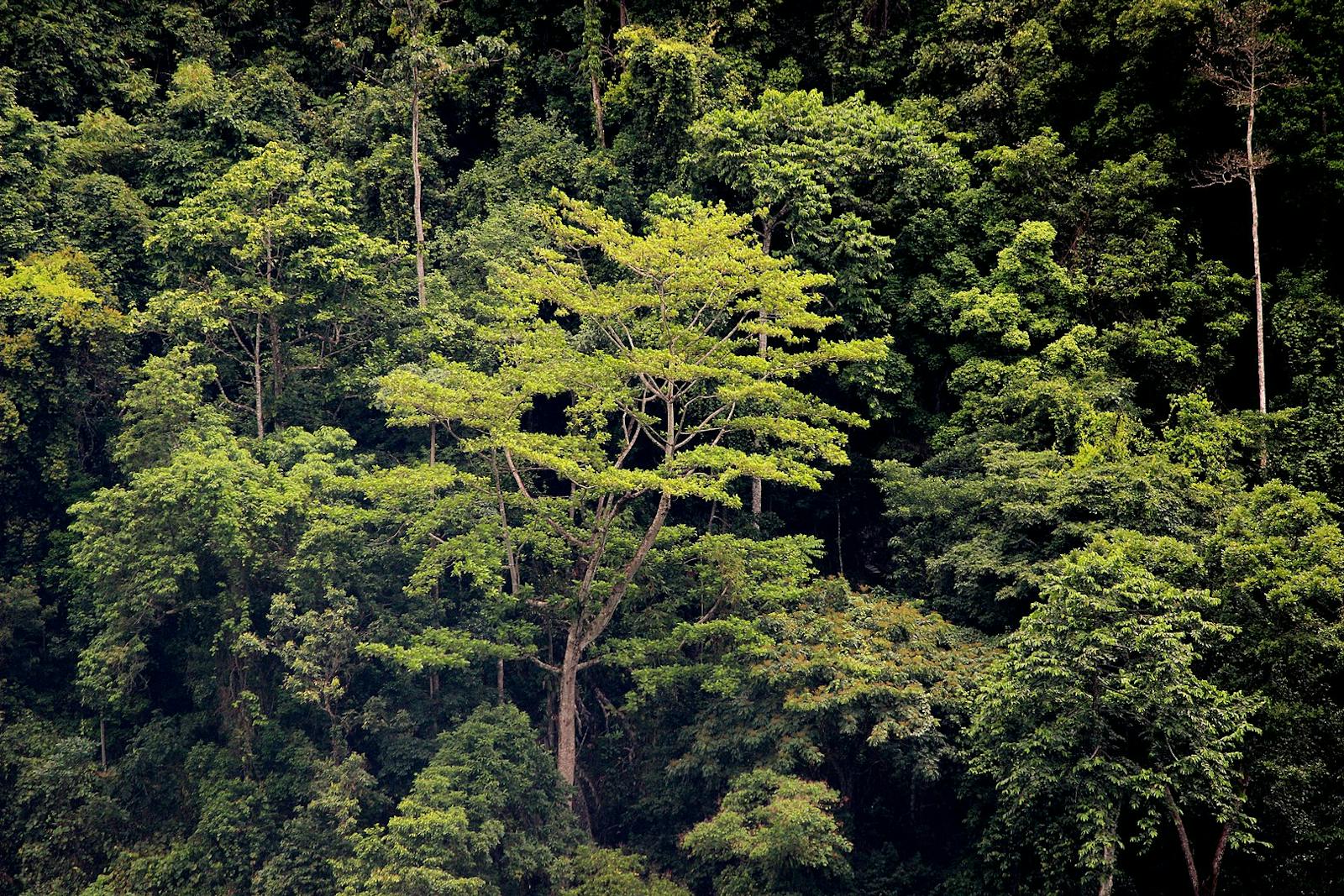Seram Rainforests
The ecoregion’s land area is provided in units of 1,000 hectares. The conservation target is the Global Safety Net (GSN1) area for the given ecoregion. The protection level indicates the percentage of the GSN goal that is currently protected on a scale of 0-10. N/A means data is not available at this time.
Bioregion: Sulawesi & Maluku Islands (AU14)
Realm: Australasia
Ecoregion Size (1000 ha):
3,593
Ecoregion ID:
151
Conservation Target:
89%
Protection Level:
0
States: Indonesia
Seram Island’s mountainous forests ring with the calls of spectacular parrots – blue-eared lory, Salmon-crested cockatoo, and Seram eclectus. Located between New Guinea and Southeast Asia, the island supports lineages from both biotas, though many have evolved into species unique to the water-bound islands of Wallacea, the biogeographic zone of the archipelagos between the two regions. Six of Seram’s 28 mammals are restricted to the island.
Southeast Asian mice mix with Australasian marsupials. More than 213 bird species are recorded, of which 33 are endemic or near endemic (that is, found on a few other nearby islands, as well). Similar to other islands in Wallacea, the plants and animals are a rich mixture from regions to the West and East, though with a large number of island- and Wallacean-endemic species.

The flagship species of the Seram Rainforests ecoregion is the blue-eared lory. Image credit: Creative Commons
Seram is 340 km long and is surrounded by several satellite islands, including Ambon, the famous ‘Spice Island’, the ‘home’ of clove and nutmeg. The interior of Seram is mountainous, with several ranges reaching more than 1,000 m, the highest peak being 3,027 m. The natural vegetation of Seram is tropical lowland evergreen, semi-evergreen, and montane rain forest. The endemic Shorea selanica, is a dominant lowland dipterocarp. In Seram's montane forests, Castanopsis buruana dominates between 400 and 1,400 m above sea level, and Lithocarpus celebicus is found along ridges. The highest peaks support an unusual tree fern savanna.
Seram has seven protected areas that cover 3,121 km2 (16%) of the ecoregion area, and one―Manusela National Park―protects more than 2,000 km2 of diverse habitat types in the central massif; this includes populations of the two-wattled cassowary and salmon-crested cockatoo. There are no other large terrestrial protected areas in Seram, the next largest being only 600 km2. Thirteen Key Biodiversity Areas have been identified, with two large forested areas in the east of the island and one in the west identified, as well as several smaller ones on smaller islands off the southwest coast.

Salmon-crested cockatoo. Image credit: John Moose, Creative Commons
Roughly a quarter of the island has been deforested, primarily in the lowlands. The north central lowlands and foothills experienced explosive growth in palm oil plantations and clearing of foothill forests in 2015, the latter likely due to extensive swidden agriculture practiced by an influx of oil palm plantation workers. Selective logging has slowed over the past few decades as timber tree value here lowered compared to those in the tall Dipterocarp forests of Kalimantan.
Damar (Agathis) is still sought by loggers for wood and its valuable resin. Another threat to Seram’s wildlife is the international wildlife trade, primarily targeting birds, especially parrots such as the Moluccan cockatoo. Bushmeat hunting of cuscus, Celebes wild pig, fruit bats, two-wattled cassowary, Papuan hornbills, and several species of pigeon occurs in natural and indigenous arboriculture (managed) forests throughout the island.

Southern cassowary. Image credit: Creative Commons
The priority conservation actions are to: 1) establish two to three larger protected areas that encompass more of the foothill and montane forests of Seram, particularly in the western and eastern parts of the island, and to form a network of smaller protected areas on the satellite islands in the form of community-based reserves; 2) strengthen the small island ‘ridge to reef’ concept for sustainable natural resource management that is already practiced in the region to help protect native forests from full conversion to spice groves and curtail the increasingly intensive hunting of vulnerable species, such as the cassowary, cockatoos, and hornbills; and 3) implement land use zoning for the whole island to keep rapidly expanding palm oil plantations and ongoing selective logging from converting and degrading further natural habitat.
Citations
- BirdLife International. 2018. Endemic Bird Areas factsheet: Seram. Downloaded from http://www.birdlife.org on 14/04/2018.
- CEPF. 2015. Wallacea Biodiversity Hotspot Ecosystem Profile. Critical Ecosystem Partnership Fund, Washington DC. 353 pp.
- Ellen R. 1997. The human consequences of deforestation in the Mollucas. Les Peubles les Forest Tropicales – Asie du Sud-Est. Numero Speciale de la Revue Civilizations 44: 176-193.



